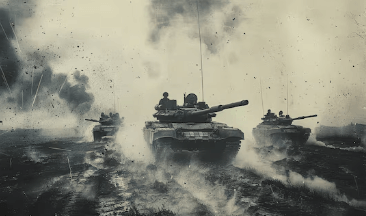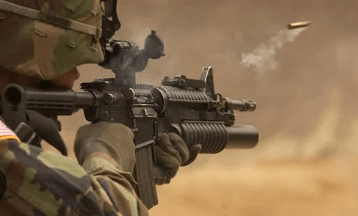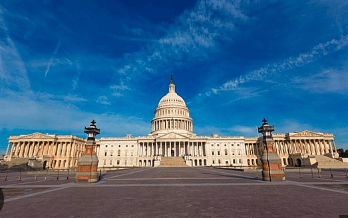Clipart:3ahfskfw2pk= Militarism

The intersection of Clipart:3ahfskfw2pk= Militarism presents a compelling arena for analysis, where visual simplification can significantly influence societal attitudes toward military engagement. By examining the historical context and the visual symbols employed, one can discern how these graphics not only reflect but also shape public perception. The ability of clipart to render complex militaristic themes into accessible images raises questions about the implications of such representations in contemporary media. This discussion invites us to consider the underlying narratives and potential consequences of normalizing militaristic imagery in our everyday lives.
Historical Context of Clipart:3ahfskfw2pk= Militarism
Although Clipart:3ahfskfw2pk= Militarism has evolved over centuries, its roots can be traced back to the rise of nation-states in the early modern period, where the consolidation of power often necessitated a strong military presence.
Nationalism influenced these militarism origins, as nations sought to project strength and unity.
This interplay fostered a culture glorifying military prowess, shaping identities and justifying aggressive policies that continue to resonate today.
Read More Clipart:2lrjrday8-U= Video Games
Visual Symbols of Militarism
Visual symbols of Clipart:3ahfskfw2pk= Militarism serve as powerful representations of national identity, authority, and collective memory.
Military insignia, adorned with badges and emblems, evoke loyalty and discipline, while propaganda posters utilize striking visuals and slogans to rally support.
Together, these elements create a vivid narrative, shaping perceptions of strength and unity, yet they also prompt reflection on the implications of such powerful imagery in the pursuit of freedom.

Impact of Clipart on Perception
The impact of clipart on perception is significant, influencing how militarism is interpreted across various media.
Through simplified visuals, clipart shapes audience understanding, often reducing complex themes to digestible images.
This clipart influence can evoke emotions, frame narratives, and ultimately steer public opinion.
As such, it plays a crucial role in perception shaping, highlighting the power of imagery in communicating militaristic ideals.
Contemporary Uses of Militaristic Imagery
Militaristic imagery permeates contemporary culture, manifesting in various forms from advertising to social media. This visual language often serves as a tool for militaristic propaganda, framing conflicts in heroic narratives.
In an age of digital warfare, striking visuals can sway public opinion, glorifying military action and normalizing aggression. As these images circulate, they provoke critical conversations about freedom, identity, and the implications of war.
Read More Clipart:2kqax9t2wda= Candle
Conclusion
In the tapestry of modern communication, Clipart:3ahfskfw2pk= Militarism weaves threads of militarism, crafting vivid images that dance in the minds of viewers. These visual symbols march boldly across screens, shaping perceptions and molding narratives. With every stroke of digital artistry, the glorification of military might echoes, while the shadows of conflict loom large. As societies navigate the landscape of aggression, the allure of militaristic imagery remains potent, urging a critical examination of its profound implications on collective consciousness.





